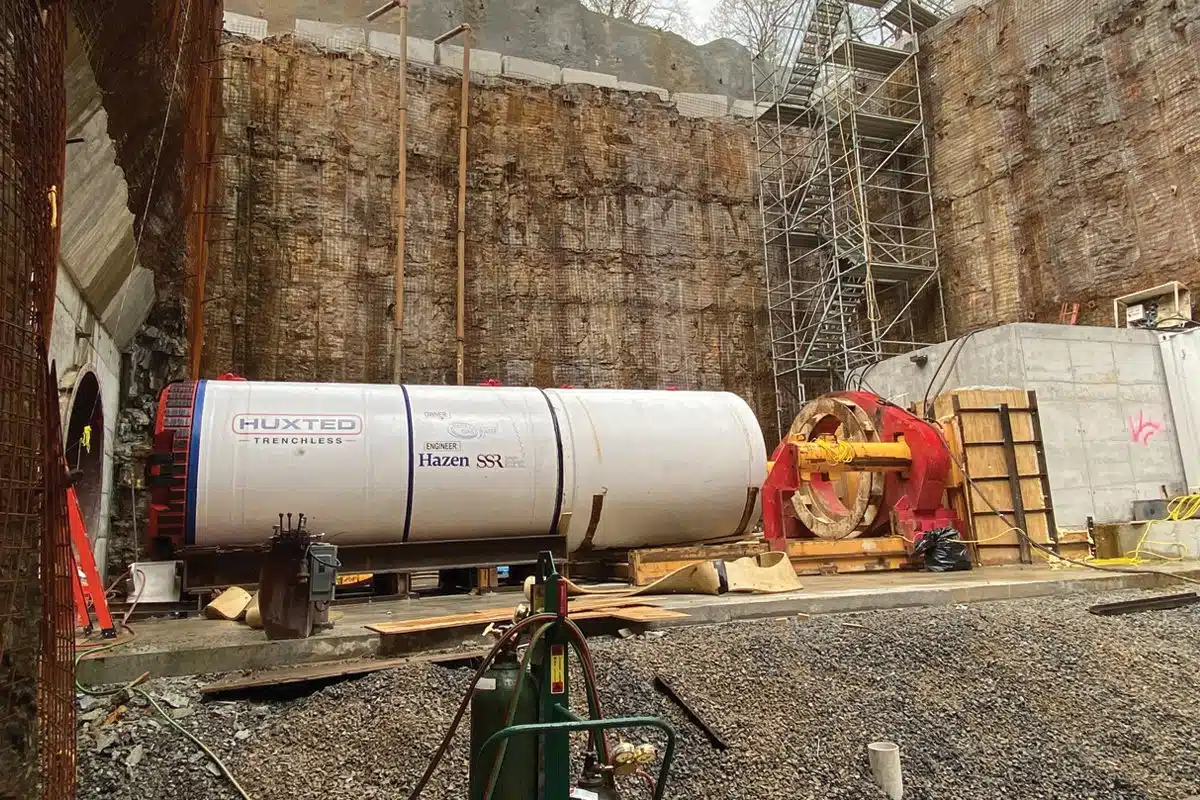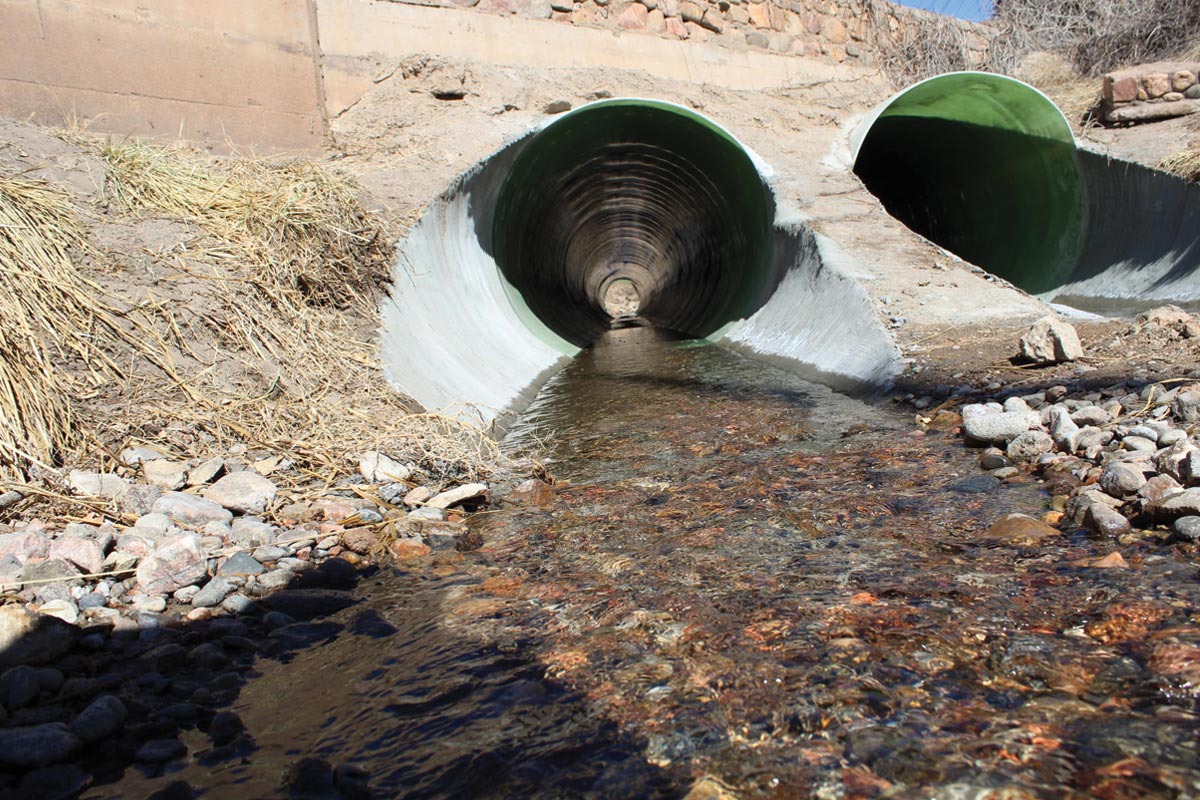
Last Word – The Future of Water: In the Challenges, Lie the Opportunities

When we think about the water industry, many of the challenges are not new. It feels like every year, the American Society of Civil Engineers gives U.S. water infrastructure a failing grade. These age-old issues are compounded by short-term pressures such as recessionary fears, high material prices, not to mention a retiring utility workforce.
With a growing focus on infrastructure, drinking water quality, and sustainability, water is in the spotlight more than ever. That’s not necessarily a bad thing. In fact, some of our greatest achievements have centered on water, including the positive impact on health from centralized wastewater treatment and the Clean Water and Safe Drinking Water acts.
While there are many challenges facing the water sector today, it is these challenges that will continue to drive water market opportunities going forward.
Federal funding dedicated specifically to water to address aging water infrastructure
It may have taken a drinking water crisis in Flint, Michigan (among other U.S. cities) and multiple power outages in Texas, but the U.S. federal government is now investing in water infrastructure. The Infrastructure Investment and Jobs Act (IIJA) presents an historic opportunity which will influence water utility spend for years to come. The IIJA explicitly allocates $55 billion of new funding for drinking water, wastewater, and stormwater infrastructure through 2026. This bipartisan law represents an overdue and much needed investment in the nation’s infrastructure and will be the highest inflation-adjusted levels of federal funding directed at water infrastructure over a five-year period since the late 1970s.
Major water priorities outlined in the funding include lead service line replacement, per- and polyfluoroalkyl substances (PFAS) remediation, water reuse, Indian water rights and infrastructure improvements, and investments in water technology innovation, resiliency, and underserved communities. As of April 20, 2023, total announced funding for water infrastructure projects associated with the legislation had reached $24.1 billion. This is approximately 44 percent of the funding for water infrastructure projects to be distributed through 2026.
While there are details to be worked out (i.e., delivery of funds, state definitions of a disadvantaged community), passage of a federal infrastructure bill and an influx of needed capital to the water sector is a significant catalyst for growth.
New drinking water quality regulations drive opportunities for water service providers
It seems like every day PFAS — also referred to as forever chemicals and emerging contaminants — and their impact on drinking water quality are featured in news headlines. Chemical companies, including 3M and Chemours, are facing lawsuits, and regulators are now taking action.To date, 45 states have legislated a range of policy mechanisms to limit PFAS contamination in drinking water. Twelve of those states have implemented or proposed drinking water standards, otherwise known as maximum contaminant levels (MCLs), and the state landscape continues to accelerate. In parallel, the EPA has proposed federal MCLs for six PFAS that will be finalized by the end of this year.
In response to this legislation, Bluefield currently forecasts $5.8 billion in drinking water remediation technology spend from 2023–2030 in the United States, alone. The IIJA includes US$10 billion devoted specifically to addressing PFAS and other emerging contaminants.
While drinking water has garnered the lion’s share of attention by regulators, more complex wastewater and associated biosolid management strategies for PFAS are receiving increased regulatory scrutiny. Biosolids are often utilized for fertilizer, thereby propagating groundwater contamination. As such, an emerging group of water technology vendors are positioning to capitalize.
A focus on climate is driving water investment decisions
Corporations are now realizing that water will impact their bottom line and are adjusting their strategies accordingly. Nestlé announced plans to recycle wastewater at its coffee creamer plant in Arizona, a state plagued by water scarcity, and Amazon plans to “return more water than it uses” from its water-intensive data centers. As corporations more pro-actively their water demand, water utilities will face less pressure to meet supply.
Awareness is the first step. We have already seen companies across water-intensive industries highlight their water usage to help quantify water risk. Of 11 industries evaluated by Bluefield — food and beverage, beauty, pharmaceutical, automotive, oil and gas, and semiconductors — six achieved 100 percent water use reporting among top companies.
From electric vehicles to semiconductors, no industry is immune to water risk. Sustainability targets and recent water-related investments signal the corporate sector’s growing focus on water through M&A and more efficient water management. As industries like tech and food and beverage drive demand for industrial water, greenfield development (in the form of new facilities) will offer opportunities to meet ESG targets. Corporate strategies will continue to drive partnership opportunities for water management solution providers.
The Bottom Line
The mature water sector is an attractive opportunity for companies looking for less volatility. Investors and Wall Street are now paying attention. Let’s seize on this time when water is in the spotlight to address these industry challenges and capitalize on water market opportunities. The challenges are many, but the time for water is now.
Steph Aldock is the senior marketing director at Bluefield Research. Bluefield Research helps companies advance their water market strategies.




